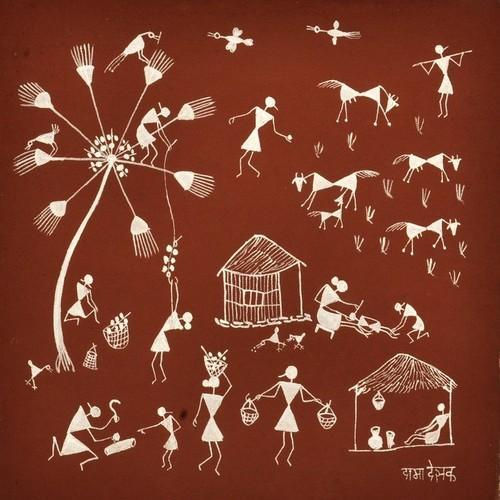What Is the Renaissance? The Time When Art Became Magical
- CAMI Info
- Apr 25
- 2 min read

The Renaissance was a remarkable period in history when art, science, and culture flourished like never before. Lasting from the 14th to the 17th century, this era transformed the way artists saw the world, bringing realism, perspective, and emotion into their creations. But what made Renaissance art so magical? Let’s explore the key elements that defined this golden age of creativity.
A New Vision: The Birth of Perspective
Before the Renaissance, most paintings looked flat, with little depth or dimension. However, artists like Filippo Brunelleschi and Leonardo da Vinci introduced the concept of linear perspective, making paintings look more three-dimensional. This breakthrough allowed artists to create realistic scenes where objects in the background appeared smaller than those in the foreground, adding depth and life to their works.
The Masters of Light and Shadow
Renaissance artists developed a technique called chiaroscuro, which used strong contrasts between light and shadow to give paintings a dramatic and lifelike quality. Leonardo da Vinci’s “Mona Lisa” and Caravaggio’s striking portraits are perfect examples of how light and shadow were used to enhance realism and emotion in art.
The Human Touch: Studying Anatomy
Unlike earlier art, which often depicted figures stiffly, Renaissance artists closely studied the human body to make their paintings and sculptures more lifelike. Michelangelo’s sculptures, such as David, show incredible attention to detail, with every muscle and curve sculpted to perfection. Artists even dissected cadavers to understand human anatomy better, helping them create more accurate and expressive figures.
The Explosion of Color and Emotion
During this time, artists also experimented with rich, vibrant colors made from natural pigments. Paintings became more emotional, telling stories through the expressions and gestures of their subjects. Botticelli’s “The Birth of Venus”, with its soft colors and flowing forms, captures a sense of beauty and movement that was revolutionary for its time.
The Influence of Science and Discovery
The Renaissance wasn’t just about art—it was also a time of great scientific advancements. Artists like Leonardo da Vinci were also inventors and scientists, sketching ideas for flying machines and studying the laws of nature. Their curiosity and desire to understand the world deeply influenced their art, making it more accurate and innovative.
Why the Renaissance Still Inspires Us Today
Even centuries later, the Renaissance continues to influence artists around the world. The techniques and discoveries of this period laid the foundation for modern art, proving that creativity and knowledge go hand in hand.
Create Your Own Renaissance-Inspired Artwork!
At Children’s Art Museum of India, we encourage young artists to explore different artistic styles. Try creating a Renaissance-inspired portrait, study light and shadow in your drawings, or experiment with perspective. Submit your artwork to us and become part of this timeless artistic tradition!




Comments